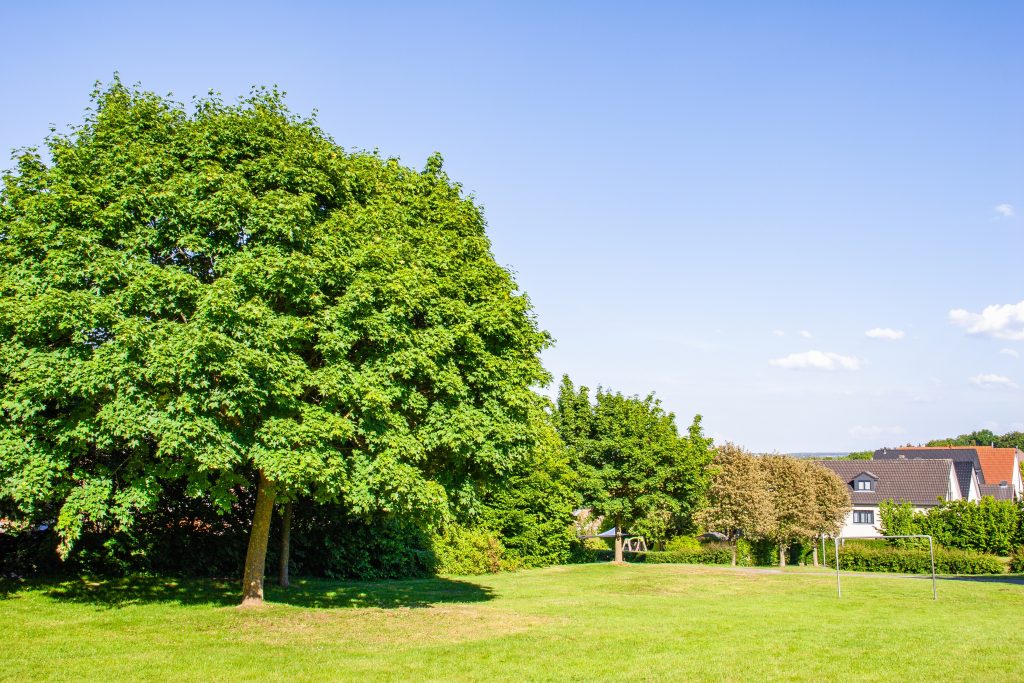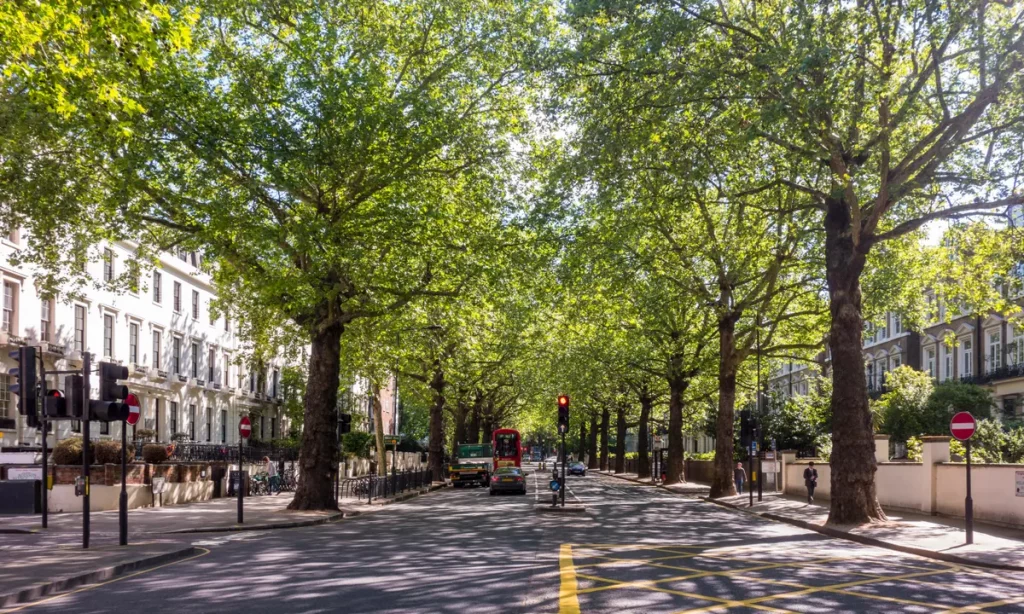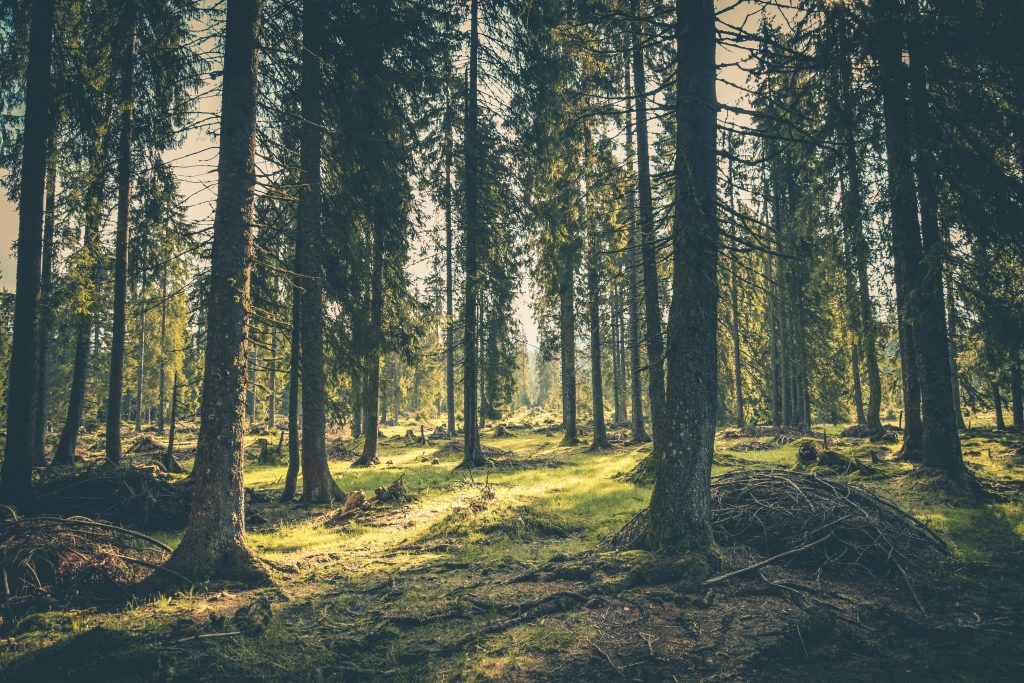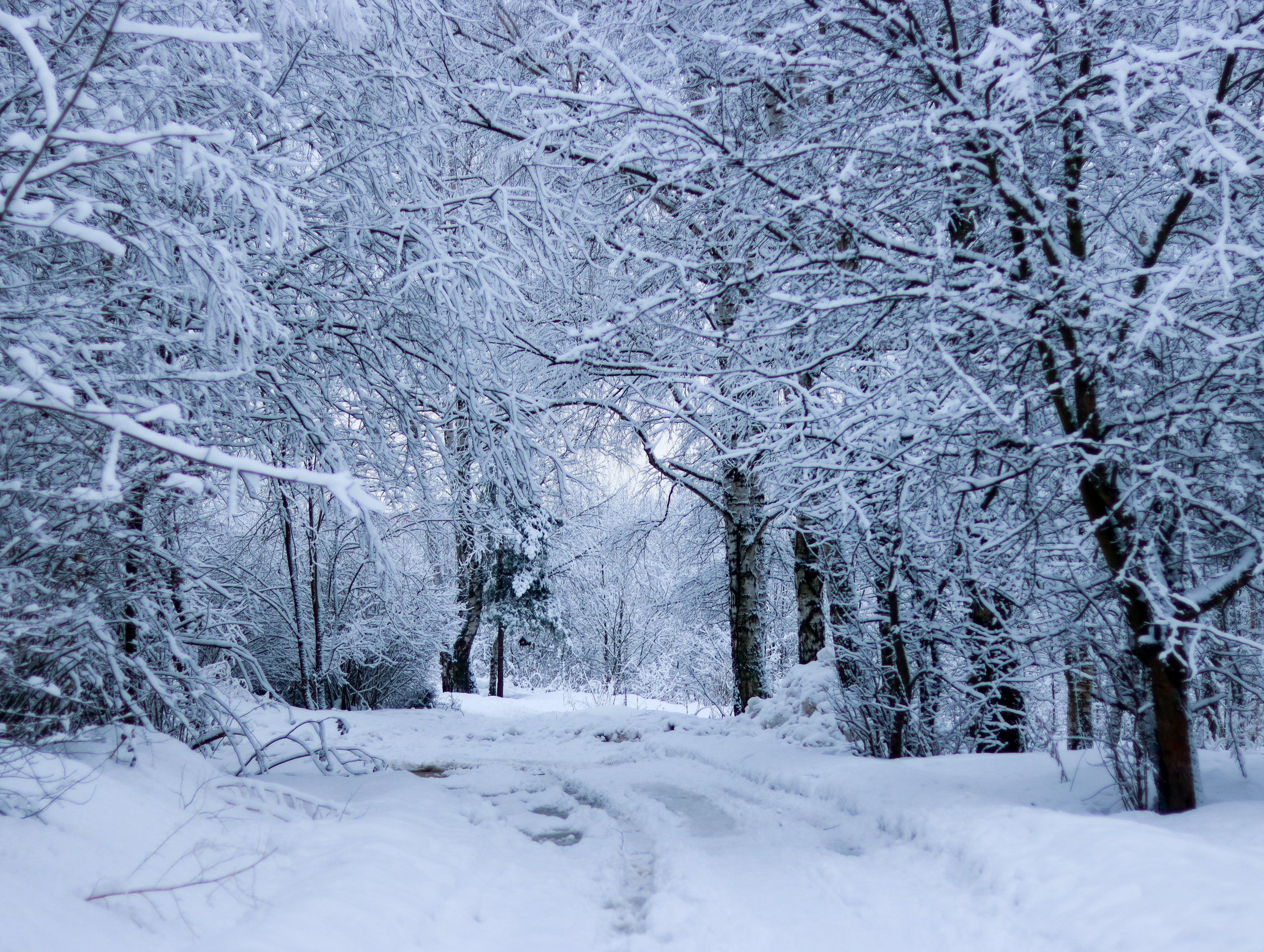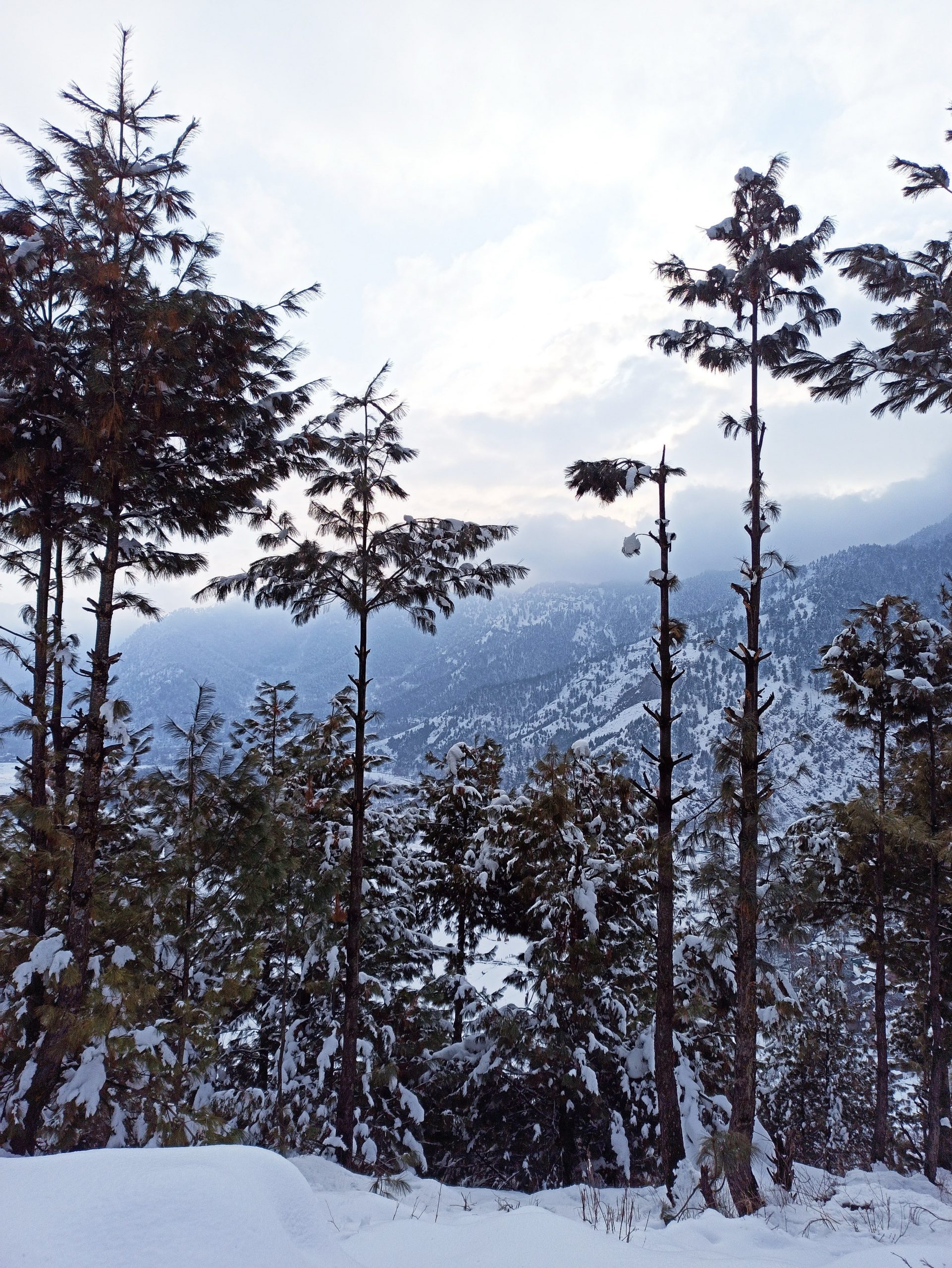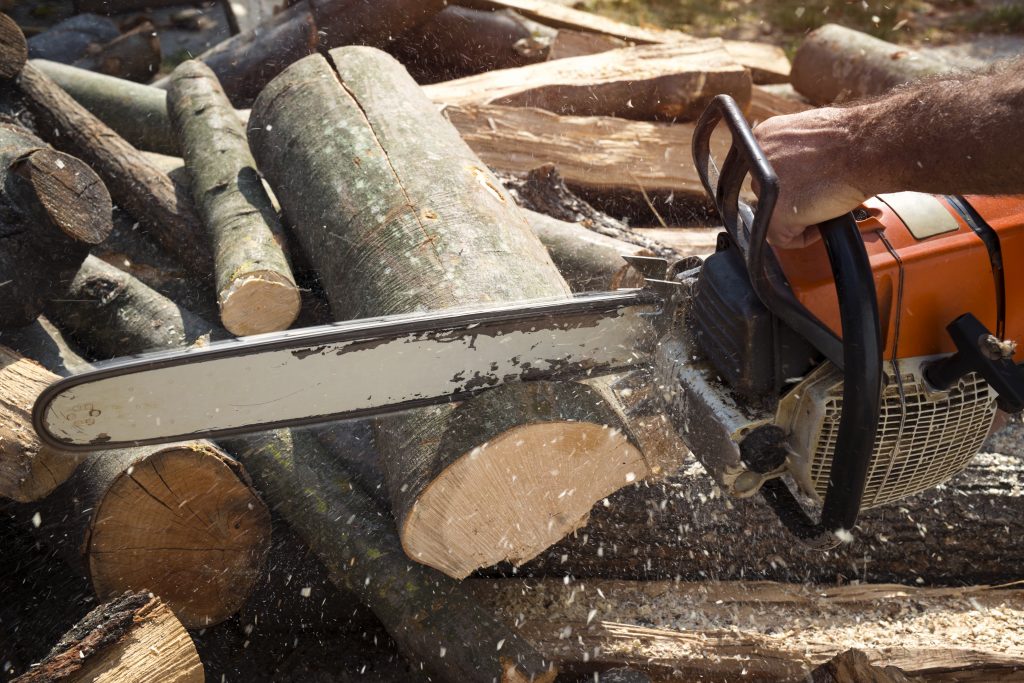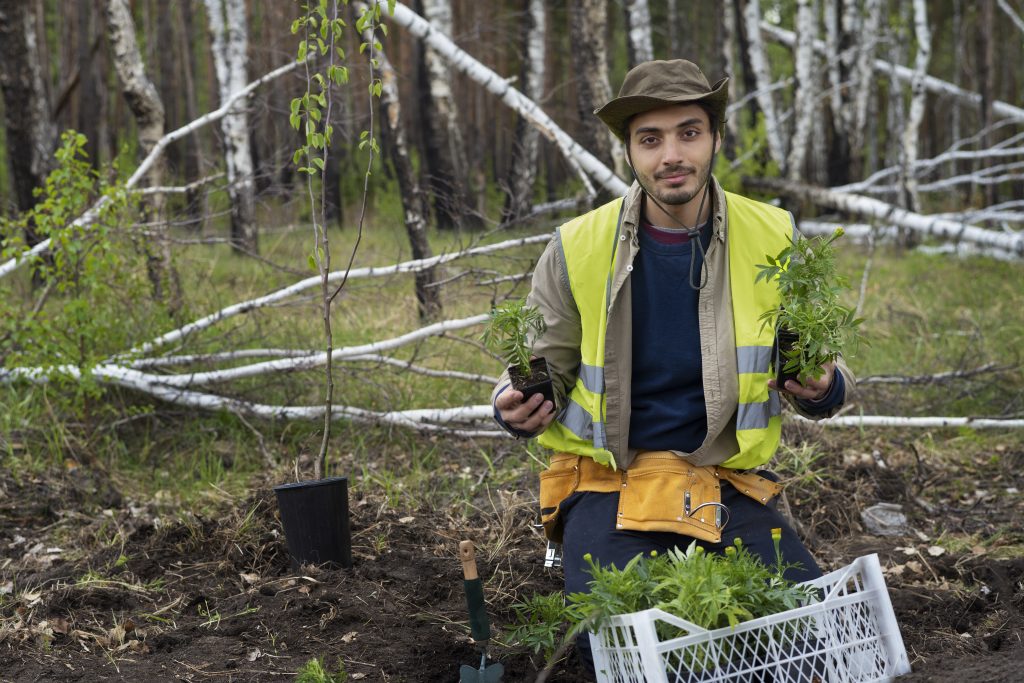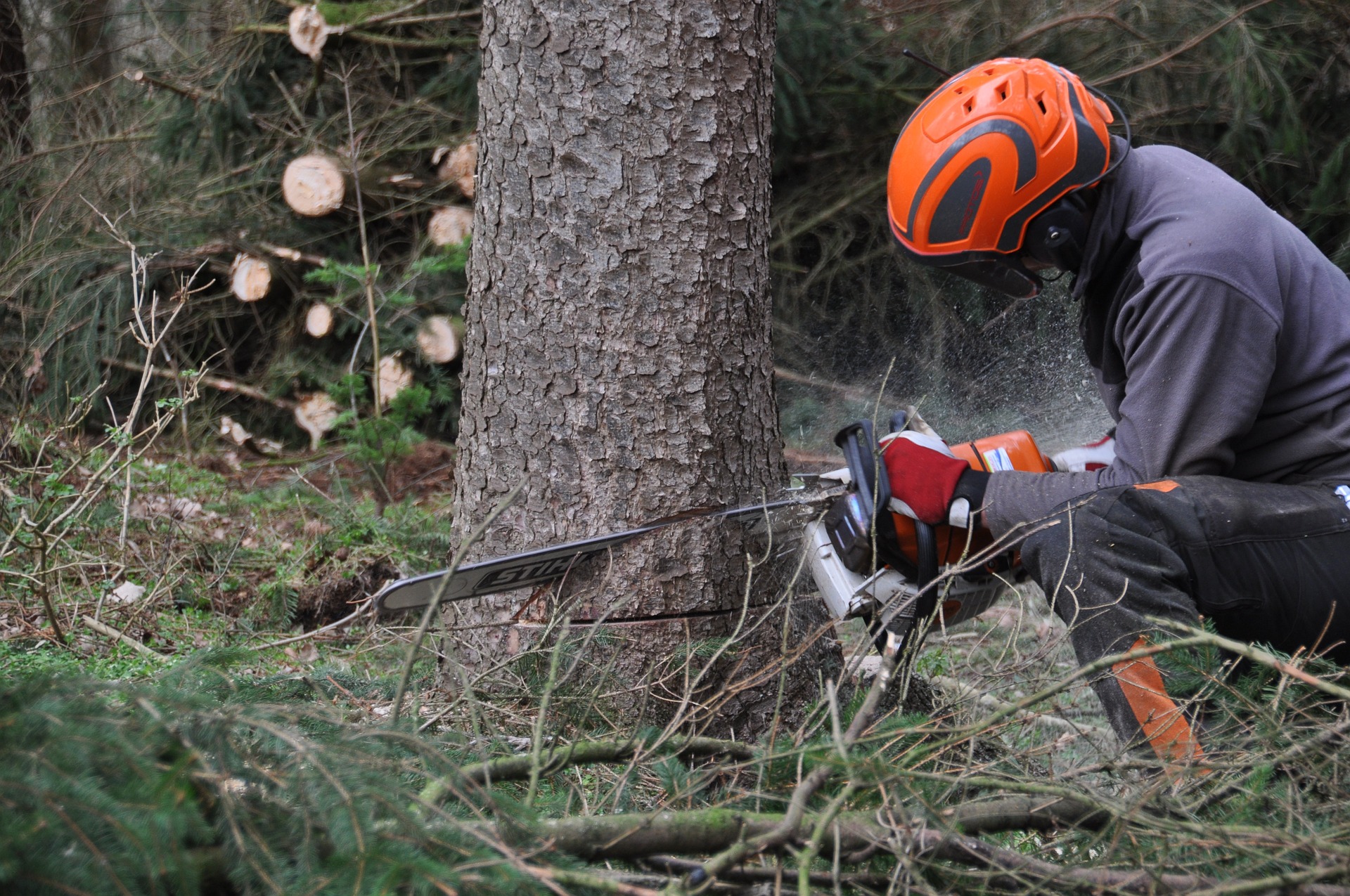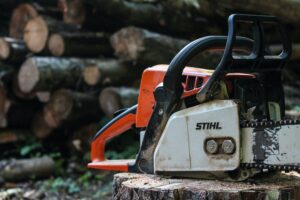What Is a Reasonable Price for Tree Removal?
What Is a Reasonable Price for Tree Removal?
Looking to rid your yard of a troublesome tree? Wondering what a fair price for tree removal might be? Well, you’ve come to the right place! In this article, we’ll delve into the world of tree removal pricing, providing you with historical trends, expert tips, and traits of reliable professionals. By the end, you’ll be equipped with the knowledge to determine a reasonable price for your tree removal needs. So, let’s dive in and get your yard looking pristine again!
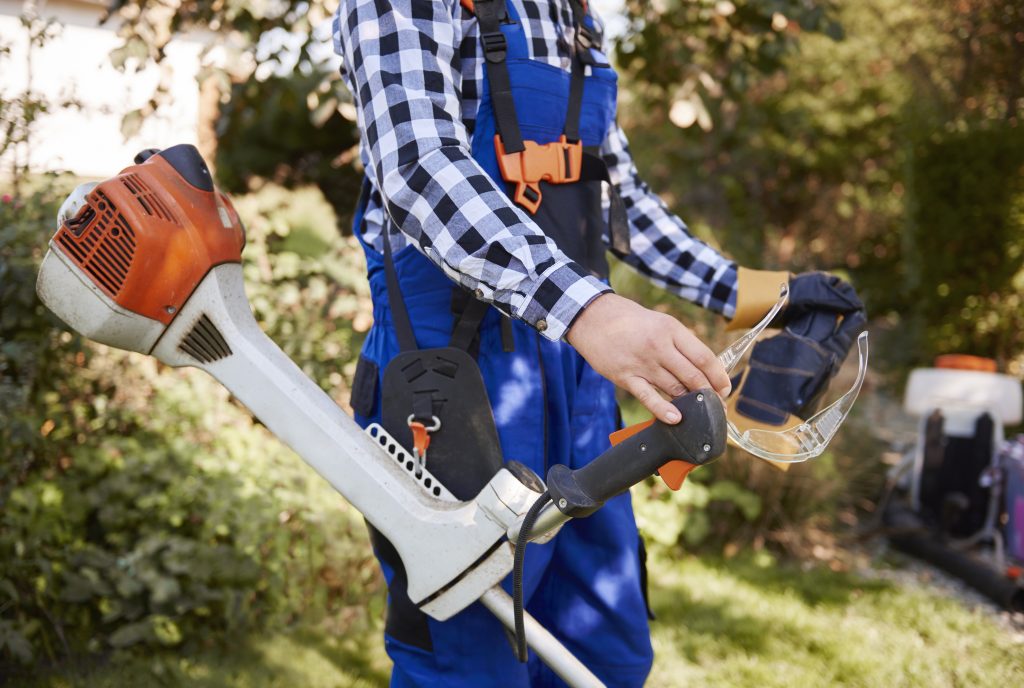
Key Takeaways
- The size of the tree, its location, and any additional services needed all influence the pricing for tree removal.
- Historical pricing trends show that larger trees and hard-to-reach locations tend to result in higher costs, while smaller trees and easily accessible locations are generally less expensive.
- Factors such as proximity to structures or power lines and permit requirements in urban areas can also impact the price.
- Conducting a historical pricing analysis, getting multiple quotes, and discussing cost-saving techniques with professionals are important steps to determine a reasonable price for tree removal.
Introduction to Tree Removal Pricing
Tree removal pricing can vary depending on factors such as the size and location of the tree. When considering the cost of tree removal, it’s important to understand the historical pricing trends and the various factors that influence pricing. Here are some key points to consider:
- Size of the tree:
- Larger trees typically require more equipment, manpower, and time to remove, which can result in higher costs.
- Smaller trees are generally easier and quicker to remove, making them less expensive.
- Location of the tree:
- Trees located in hard-to-reach areas, such as close to buildings or power lines, may require specialized equipment and techniques, increasing the price.
- Trees in easily accessible locations can be removed more efficiently, reducing the overall cost.
- Additional services:
- Some tree removal companies offer additional services like stump grinding or debris removal, which can impact the overall pricing.
Considering these cost factors influencing pricing, it’s essential to understand the historical pricing trends for tree removal. By analyzing past trends, you can gain insight into how prices have changed over time and make informed decisions regarding your tree removal needs.
Historical Pricing Trends for Tree Removal
Over the past decade, there’s been a noticeable increase in the average cost of getting a tree removed. To understand the factors that have led to this rise, let’s delve into some historical data and pricing analysis. Back in the day, tree removal used to be a relatively straightforward and inexpensive process. However, as urban areas have expanded and the demand for tree removal services has grown, the prices have gone up.
According to historical data, the cost of tree removal has increased by approximately 20% over the past ten years. This can be attributed to a number of factors, including inflation, increased labor costs, and the complexity of the job. Additionally, there has been a surge in environmental regulations that require tree removal companies to adhere to certain standards, which can drive up the overall price.
When conducting a pricing analysis, it’s important to consider several factors that can impact the cost of tree removal. These include the size and location of the tree, the complexity of the job, any additional services required (such as stump removal or pruning), and the equipment needed. By taking these factors into account, you can get a better idea of what a reasonable price for tree removal would be in your area.
Now that you have an understanding of the historical pricing trends for tree removal, let’s move on to some tips for finding a reputable tree removal company.
Tips
When it comes to tree removal prices, there are several factors that can affect the overall cost. Understanding these factors can help you get a more accurate estimate of what you can expect to pay. Additionally, it’s helpful to know about average cost estimates for tree removal in your area, as this can give you a baseline to work from. Finally, there are also cost-saving strategies you can employ to potentially reduce the overall cost of tree removal.
Factors Affecting Tree Removal Prices
One of the factors that affects tree removal prices is the size of the tree. Larger trees require more manpower, equipment, and time to remove, which can significantly increase the overall cost. Historical pricing trends show that tree removal prices have been steadily increasing over the years due to factors such as inflation, rising labor costs, and the demand for skilled arborists. However, there are some cost-saving strategies that you can consider. For example, you can opt to keep the wood for firewood or sell it to offset some of the removal costs. Additionally, scheduling tree removal during the off-season or combining it with other tree services can sometimes result in discounted prices. Now let’s move on to average cost estimates for tree removal.
Average Cost Estimates
The average cost estimates for tree removal can vary depending on factors such as the location, accessibility, and complexity of the job. Historical cost data shows that tree removal prices have experienced certain pricing trends over time. For instance, in urban areas where trees are often located close to buildings and power lines, the average cost of tree removal tends to be higher due to the increased complexity and risk involved. Similarly, trees in hard-to-reach locations, such as densely wooded areas or steep slopes, can also result in higher costs. On the other hand, tree removal in more accessible locations with open spaces and minimal obstacles tends to be less expensive. Understanding these historical cost trends and the factors impacting pricing can help you better estimate the cost of tree removal and find cost-saving strategies that suit your needs.
Cost-Saving Strategies
To save money on removing trees, it’s important to consider alternative options and get multiple quotes from local arborists. One cost-saving strategy is to assess whether the tree can be trimmed or pruned instead of completely removed. This can significantly reduce the overall cost. Additionally, you can save money by handling the debris removal yourself, rather than paying the arborist to do it. When negotiating the price, be sure to mention any competing quotes you’ve received, as this can encourage the arborist to offer a lower price. You can also ask if there are any discounts or promotions available. By being proactive and doing your research, you can find ways to save money on tree removal without compromising on quality. Now, let’s explore the traits of reliable tree removal professionals.
Traits of Reliable Tree Removal Professionals
Hiring reliable tree removal professionals is essential for ensuring a successful and efficient removal process. When it comes to finding reputable experts for the job, reputation management is key. You want to work with professionals who have a solid track record of delivering high-quality services. One way to gauge their reputation is by checking customer testimonials. These testimonials provide insights into the experiences of past clients and can help you determine if the professionals are trustworthy and reliable.
Reading customer testimonials allows you to get a sense of the level of professionalism and expertise exhibited by the tree removal professionals. Look for testimonials that highlight their punctuality, attention to detail, and overall customer satisfaction. Positive reviews that mention timely completion of the job, proper clean-up, and respectful behavior towards the property are indicators of a reliable team.
Steps to Determine Reasonable Tree Removal Prices
Determining fair prices for removing trees involves several steps that can help you make an informed decision. Follow these four steps to ensure you are getting a reasonable price for tree removal:
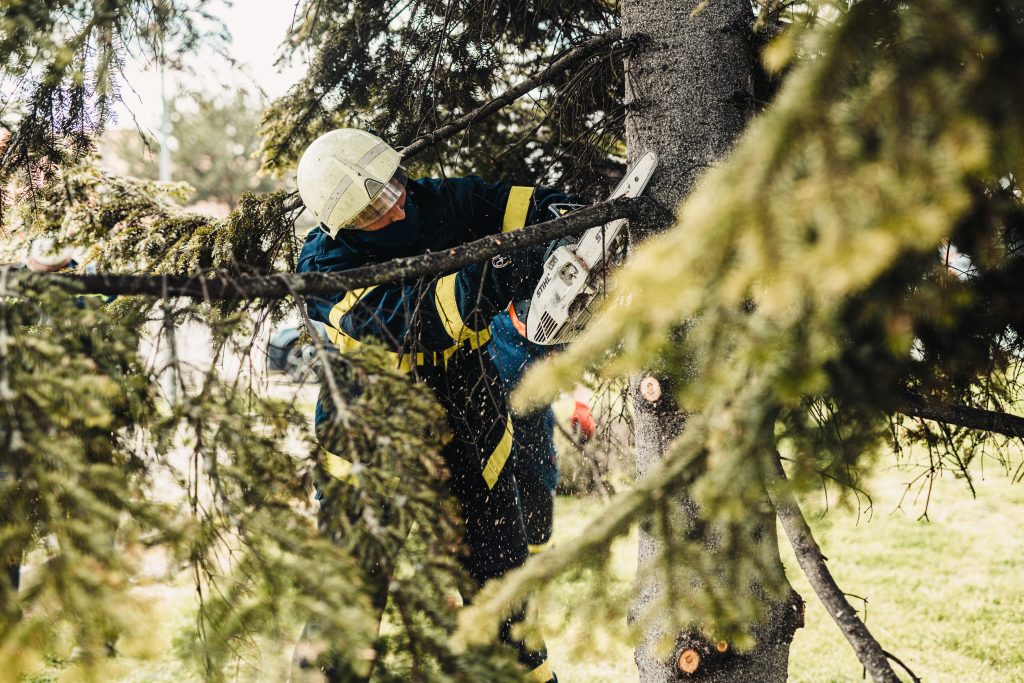
- Conduct a historical pricing analysis: Research the average cost of tree removal in your area over the past few years. This will give you an idea of the current market rates and help you negotiate a fair price.
- Get multiple quotes: Contact several tree removal professionals and request quotes for the job. Having multiple options will allow you to compare prices and choose the most competitive one.
- Consider cost-saving techniques: Discuss with the professionals if there are any cost-saving techniques that can be employed. For example, if the tree can be cut into smaller pieces and removed, it may reduce the overall cost.
- Evaluate the services provided: Look beyond just the price and consider the services included in the quote. Ensure that the professionals offer comprehensive services, such as debris removal and stump grinding.
Goals
Evaluating the goals for your tree removal project is essential to ensure your needs and budget are met. When it comes to determining a reasonable price for tree removal, there are several factors that can affect pricing. Understanding these factors can help you make an informed decision and avoid overpaying for the service.
One of the main factors affecting pricing is the size and complexity of the tree. Larger trees require more time, manpower, and specialized equipment to remove, which can drive up the cost. Additionally, trees that are close to structures or power lines may require additional precautions and expertise, further impacting the price.
Another factor to consider is the location of the tree. If the tree is located in a hard-to-reach area or has limited access, it may require more effort to remove, leading to higher costs. Additionally, if the tree is located in an urban area where permits are required, this can also increase the overall price.
Furthermore, industry average rates can vary depending on your location and the specific tree removal company you choose. It’s always a good idea to gather multiple quotes and compare prices to ensure you are getting a fair deal.
Common Habits in the Tree Removal Industry
When it comes to finding a reliable tree removal company, make sure you ask for references from previous customers. This is one of the common industry practices that can help ensure customer satisfaction. By speaking with past clients, you can get a better understanding of the company’s track record and the quality of their work. It’s important to find a tree removal company that has experience and expertise in handling different types of trees and situations. Look for companies that have a team of trained professionals who follow safety protocols and use proper equipment. Additionally, reputable tree removal companies will provide a detailed estimate before starting the job, outlining the scope of work and the associated costs. This transparency helps to establish trust and ensures that there are no surprises along the way. By following these common industry practices, you can have confidence in your choice of tree removal company and increase the likelihood of customer satisfaction.
And now, let me share a real-life story that exemplifies the importance of choosing the right tree removal company.
A Real-Life Story
Now let me share a real-life story that highlights the importance of understanding pricing in the tree removal industry. Meet John, a homeowner who needed a tree removed from his backyard. Like many of us, John wanted to make sure he was not overpaying for the service. So, he decided to do some research and came across pricing case studies.
John found that the cost of tree removal varied significantly depending on factors such as the size of the tree, its location, and the complexity of the job. Armed with this knowledge, John reached out to several tree removal companies and requested quotes for his specific situation.
To his surprise, the quotes he received varied greatly. Some companies quoted him a price that seemed too good to be true, while others provided estimates that were significantly higher. Confused, John decided to dig deeper.
He learned that the companies offering suspiciously low prices often cut corners, compromising safety and quality. On the other hand, the higher-priced companies were often more reputable, had extensive experience, and invested in proper equipment and insurance.
This real-life experience demonstrates the importance of pricing case studies in helping homeowners like John make informed decisions when it comes to tree removal. Now, let’s dive into the next section to explore the role of quotes in the process.
Quotes
To ensure you’re getting the best deal, ask for quotes from multiple companies and compare the services they offer. When it comes to tree removal, it’s important to gather as much information as possible before making a decision. Start by reaching out to different companies and requesting quotes based on your specific needs. This will give you a better understanding of the pricing range in your area.
When comparing quotes, it’s crucial to consider the services included. Some companies may offer additional services such as stump grinding or debris removal, while others may only provide basic tree removal. By comparing the services offered, you can determine the true value of each quote.
Additionally, it’s helpful to look at historical data regarding tree removal pricing in your area. This can give you a benchmark to compare the quotes against and ensure you’re not being overcharged. Researching local tree removal prices can also help you negotiate with the companies and potentially lower the cost.
Secrets
If you want to save money on getting rid of a tree, consider these secrets to help you cut costs. Tree removal can be an expensive process, but by knowing a few insider tips, you can keep your expenses down. One secret is to schedule your tree removal during the off-season. Many tree removal companies offer lower rates during the winter months when business tends to be slower. Another secret is to hire a local tree removal company. Local companies often have lower overhead costs and can offer more competitive prices. Additionally, you can save money by handling some of the preparation work yourself, such as clearing the area around the tree and disposing of the branches and debris. By understanding these cost factors and implementing these secrets, you can significantly reduce your tree removal expenses.
Transition: Understanding the insights and factors influencing tree removal prices can further help you make informed decisions about the cost of removing a tree.
Insights and Factors Influencing Tree Removal Prices
Understanding the factors that affect the cost of removing a tree can help you make informed decisions about managing your expenses. When it comes to tree removal, historical pricing trends can provide valuable insights into what you can expect to pay. Over the years, the cost of tree removal has generally increased due to factors such as inflation and rising labor costs. However, it’s important to note that prices can vary depending on factors such as the size and location of the tree, the complexity of the job, and the equipment required.
To save on tree removal costs, there are several strategies you can employ. One cost-saving strategy is to compare quotes from multiple tree removal companies to ensure you’re getting the best price. Additionally, scheduling tree removal during off-peak seasons when demand is lower can often result in lower prices. Another way to save is by considering options such as DIY tree removal or opting for partial tree removal instead of complete tree removal.
Considering the benefits and cost factors associated with tree removal, it’s essential to evaluate the potential risks and benefits before making a decision. By understanding the factors that influence tree removal prices and implementing cost-saving strategies, you can effectively manage your expenses while ensuring the safe and efficient removal of trees from your property.
Benefits and Cost Factors
The benefits of tree removal services outweigh the potential costs associated with the process. While it’s true that there are expenses involved in hiring professionals to remove a tree, the advantages far outweigh the monetary investment. One of the main benefits is the elimination of potential hazards. Trees that are diseased, damaged, or overgrown can pose a threat to your property and the safety of those around you. By removing these trees, you reduce the risk of falling branches or even the entire tree collapsing. Additionally, tree removal can improve the aesthetics of your property. Removing an unsightly or overcrowded tree can enhance the overall appearance of your landscape, increasing curb appeal and potentially even boosting the value of your home.
When it comes to pricing trends, the cost of tree removal services can vary depending on several factors. The size and location of the tree, as well as any additional services required, such as stump grinding or debris removal, can influence the overall price. Additionally, accessibility and the level of difficulty involved in removing the tree can also impact the cost. It’s important to get multiple quotes from reputable tree removal companies to ensure you’re getting a fair price.
Lessons
When it comes to tree removal, there are several factors that can affect the cost. These factors include the size and location of the tree, the complexity of the job, and any additional services required, such as stump removal or debris hauling. On average, tree removal prices can range from $300 to $1,500, with the national average being around $700. To negotiate the best price for tree removal, it’s important to gather multiple quotes, ask for references, and discuss any possible discounts or payment options with the tree removal company.
Factors Affecting Tree Removal Cost
One of the factors that can affect the cost of tree removal is the size of the tree. Larger trees require more time, manpower, and specialized equipment to safely remove, which can increase the overall cost. Other factors that affect pricing include the location of the tree, accessibility, and any obstacles or hazards in the vicinity. To save on tree removal costs, there are a few strategies you can consider. First, you can try to negotiate a lower price by getting multiple quotes and comparing them. Additionally, you can consider removing smaller trees yourself if you have the necessary tools and skills. Finally, scheduling tree removal during the off-season when demand is lower may result in lower prices. Now, let’s dive into average tree removal prices.
Average Tree Removal Prices
To get an accurate estimate for removing a tree, you should reach out to local arborists or tree removal companies in your area. They can provide you with specific pricing information based on your unique circumstances. However, it is helpful to be aware of historical pricing trends to have a general idea of what to expect. On average, the cost of tree removal can range from $300 to $1,500, depending on factors such as the size and location of the tree, the complexity of the job, and any additional services required. To save on tree removal costs, consider these cost-saving strategies: obtaining multiple quotes, scheduling the removal during the off-season, and bundling services if possible. By implementing these strategies, you can negotiate a fair price for tree removal without compromising quality or safety.
Tips for Negotiating Price
You can try researching local companies and their pricing options to find the best deal. When it comes to negotiating the price for tree removal, there are a few tactics you can use. First, be prepared with information about the average prices in your area. This will give you a baseline to compare the quotes you receive. Next, consider getting multiple quotes from different companies. This will allow you to compare prices and potentially negotiate a lower rate. When discussing the price with the tree removal service, be confident and assertive. Explain your budget and ask if there are any discounts or promotions available. Remember, the key to successful negotiation is being well-informed and willing to walk away if the price is not right. With these negotiation tactics and price comparison, you can find the best deal for your tree removal needs. Now, let’s move on to discussing some routines that can help you maintain the health of your trees.
Routines
If you’re looking for a reasonable price for tree removal, it’s important to establish a routine maintenance plan. Regularly maintaining your trees can help prevent the need for costly removals in the future. One aspect of routine maintenance is using the right tree removal equipment. Professionals utilize specialized tools like chainsaws, ropes, and cranes to ensure safe and efficient removals. These tools enable them to carefully cut and remove trees without causing damage to surrounding structures or landscapes. Safety is another crucial factor in tree removal. Professionals are trained to assess potential risks and take necessary precautions to prevent accidents. They wear protective gear such as hard hats, gloves, and safety glasses to safeguard themselves during the removal process. By prioritizing safety and utilizing proper equipment, professionals can efficiently remove trees while minimizing risks.
When considering the pros and cons of tree removal, it’s important to weigh the benefits against the potential drawbacks. Removing a tree can provide more space in your yard, improve aesthetics, and eliminate the risk of falling branches or a tree collapsing during a storm. However, it’s essential to consider the environmental impact, as trees play a vital role in air purification and providing shade. Additionally, removing a mature tree can take years to replace, affecting the ecosystem and wildlife. Carefully considering these factors will help you make an informed decision about whether tree removal is the right choice for your specific situation.
Pros and Cons
Considering the pros and cons of removing a tree, it’s important to evaluate the potential benefits and drawbacks. On one hand, the benefits of removing a tree include eliminating the risk of falling branches or the entire tree itself, which can cause damage to property or harm people nearby. Additionally, removing a tree can improve the aesthetics of your landscape, allowing more sunlight and space for other plants to thrive. Furthermore, removing a diseased or dying tree can prevent the spread of disease to other nearby trees.
However, there are also disadvantages to removing a tree. First and foremost, trees provide shade, which can help reduce energy costs by keeping your home cooler in the summer. They also act as natural air purifiers, absorbing pollutants and releasing oxygen. Moreover, trees provide habitat for wildlife, contribute to the overall biodiversity of an area, and can increase property value.
Dos and Dont’s
When hiring a professional for tree removal, it’s important to follow the dos and don’ts to ensure a safe and efficient process. Here are some key guidelines to keep in mind:
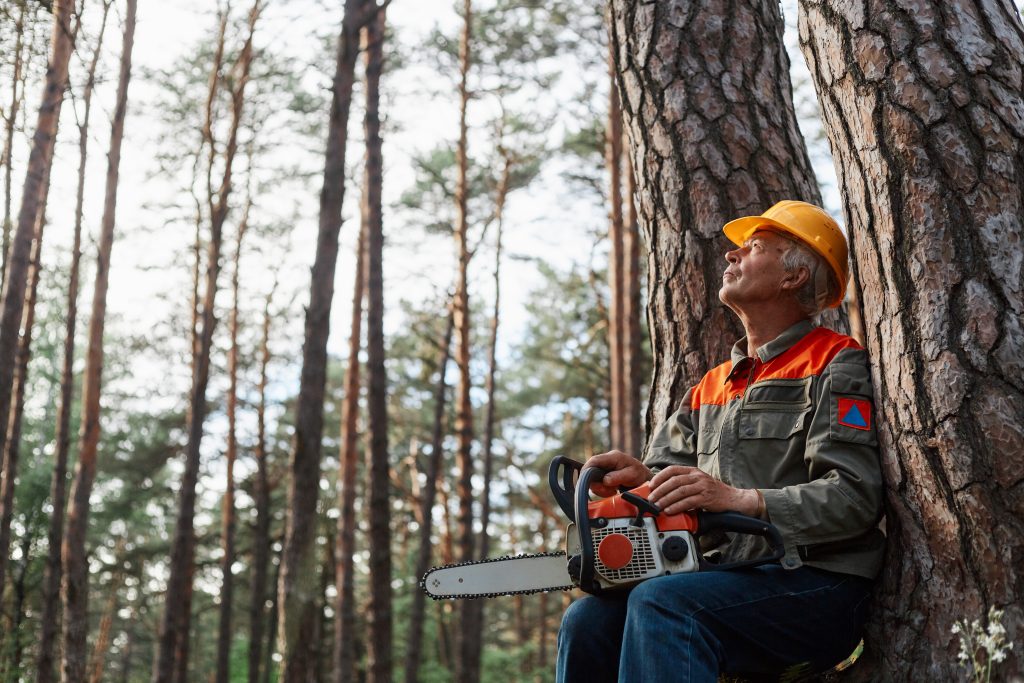
| Dos | Don’ts | Pricing Strategies |
|---|---|---|
| Do hire a licensed and insured professional | Don’t attempt to remove the tree yourself | Get multiple quotes to compare prices |
| Do ask for references and check online reviews | Don’t hire a company without proper equipment and experience | Negotiate for a fair price |
| Do get a written contract outlining the scope of work and cost | Don’t hire a company that asks for full payment upfront | Consider the complexity of the job when determining the price |
| Do communicate your specific needs and expectations | Don’t forget to ask about additional services or fees | Request a breakdown of the pricing structure |
| Do ensure the company follows safety protocols | Don’t forget to inquire about cleanup and debris removal | Ask about any discounts or promotions available |
Following these dos and don’ts will help you make an informed decision when hiring a professional for tree removal. Now, let’s discuss some common mistakes to avoid when it comes to pricing and hiring tree removal services.
Mistakes to Avoid
One common mistake to avoid when hiring a professional for tree removal is failing to get multiple quotes. This is a crucial step to ensure that you are not overpaying for the service. By obtaining multiple quotes, you can compare the prices and services offered by different professionals. This will help you make an informed decision and choose the most cost-effective option.
Another mistake to avoid is not considering the reputation and experience of the tree removal professional. Hiring someone without proper credentials and experience can lead to subpar results and even potential damage to your property. Be sure to research the company or individual you are considering and check for reviews or testimonials from previous clients.
Furthermore, overlooking safety precautions is a common mistake that can be costly in the long run. Tree removal is a hazardous task that requires proper training and equipment. Hiring a professional who values safety and follows industry standards can help prevent accidents and damage to your property.
In conclusion, by avoiding these common mistakes and implementing cost-saving techniques, such as obtaining multiple quotes, considering reputation and experience, and prioritizing safety, you can ensure a successful and reasonably priced tree removal process.
Key takeaways from this discussion include the importance of getting multiple quotes, considering reputation and experience, and prioritizing safety when hiring a professional for tree removal.
Key Takeaways
By avoiding these mistakes and focusing on obtaining multiple quotes, considering reputation and experience, and prioritizing safety, you can ensure a successful and affordable tree removal process. When it comes to tree removal pricing, it is important to be aware of historical pricing trends and employ cost-saving strategies. Understanding the average cost of tree removal in your area can help you negotiate a fair price. Researching local tree removal companies and obtaining multiple quotes will give you a better idea of the market rates. Additionally, considering the reputation and experience of the tree removal professionals is crucial. Look for companies with positive reviews and a proven track record of successful tree removal projects. Lastly, prioritize safety during the tree removal process. Hiring experienced professionals who follow proper safety protocols can help prevent accidents and costly damages. By following these key takeaways and implementing them into your tree removal process, you can save money while ensuring a safe and efficient removal. Transitioning into the subsequent section, let’s explore some specific action steps for tree removal pricing.
Specific Action Steps for Tree Removal Pricing
When it comes to pricing for tree removal, there are several factors that can affect the overall cost. Understanding these factors is crucial in order to determine a reasonable price. Additionally, it is helpful to be aware of the industry average rates to ensure that you are not overcharging or undercharging for your services. Finally, implementing cost-saving strategies can help you maximize your profits while still providing high-quality tree removal services to your customers.
Factors Affecting Pricing
Factors affecting pricing for tree removal include the size and condition of the tree, as well as the accessibility of the location. These pricing factors play a crucial role in determining the cost estimation for tree removal services. When it comes to size, larger trees generally require more time, effort, and specialized equipment to remove, which can result in higher prices. The condition of the tree also matters, as a diseased or damaged tree may require extra precautions or additional work to ensure safe and efficient removal. Additionally, the accessibility of the location is considered, as trees in difficult-to-reach areas may require more time and effort to remove, thus impacting the pricing. Understanding these factors will help you have a better grasp of how tree removal pricing works.
Moving on to industry average rates…
Industry Average Rates
Industry average rates for tree removal services can vary depending on the size and condition of the trees, as well as the accessibility of the location. Understanding historical pricing trends can help you gauge what a reasonable price would be for your tree removal needs. Factors such as tree height, diameter, and complexity of the job can influence the cost. Additionally, the location of the tree and the equipment required for the removal can affect the price. It is important to consider these cost factors when obtaining quotes from tree removal companies. By understanding the industry average rates and the factors that contribute to the cost, you can make an informed decision and potentially save money. Now, let’s explore some cost-saving strategies for tree removal.
Cost-Saving Strategies
Now that you have an understanding of the industry average rates for tree removal, let’s explore some cost-saving strategies and budget-friendly options to help you save money on this service. First, consider hiring a local tree removal company instead of a national chain. Local companies often have lower overhead costs, which can translate into lower prices for you. Additionally, timing can play a significant role in cost savings. Scheduling tree removal during the off-season or during non-peak times can often result in discounted rates. Another cost-saving technique is to opt for partial tree removal instead of complete removal, especially if the tree is not posing an immediate threat. Finally, consider negotiating with the tree removal company to see if they offer any discounts or payment plans. By implementing these strategies, you can ensure a successful tree removal while keeping your budget intact.
Frequently Asked Questions
Are There Any Legal Requirements or Permits Needed for Tree Removal?
Before discussing the reasonable price for tree removal, it’s important to consider any legal procedures and permits required. These requirements vary depending on your location and the potential environmental impact of the tree removal.
How Long Does the Tree Removal Process Typically Take?
The tree removal timeline can vary depending on several factors. Factors affecting tree removal duration include the size and type of tree, accessibility, and any additional services required, such as stump removal.
Are There Any Potential Risks or Hazards Associated With Tree Removal?
When it comes to tree removal, it’s important to be aware of the potential dangers involved. Safety precautions such as proper equipment, trained professionals, and assessing the surrounding area can help mitigate these risks.
Can Tree Removal Services Also Include Stump Removal?
Yes, tree removal services can often include stump removal. Stump grinding is a common method used to remove tree stumps. Additionally, tree disposal is usually part of the service, ensuring proper cleanup and removal of the tree.
Is There a Warranty or Guarantee for the Work Done by Tree Removal Professionals?
When it comes to tree removal services, it’s important to consider warranty coverage and customer satisfaction. Knowing that the work done by professionals is guaranteed can give you peace of mind.
If you need a tree service in Utah, you can call:
Truco Services, Inc.
4640 Commerce Drive
Murray, Utah 84107
(801) 466-8044
https://truetreeservices.com/
About Murray, Utah
Murray is a city situated on the Wasatch Front in the core of Salt Lake Valley in the U.S. state of Utah. Named for territorial governor Eli Murray, it is the state's fourteenth largest city. According to the 2020 census, Murray had a population of 50,637. Murray shares borders with Taylorsville, Holladay, South Salt Lake and West Jordan, Utah. Once teeming with heavy industry, Murray's industrial sector now has little trace and has been replaced by major mercantile sectors. Known for its central location in Salt Lake County, Murray has been called the Hub of Salt Lake County. Unlike most of its neighboring communities, Murray operates its own police, fire, power, water, library, and parks and recreation departments and has its own school district. While maintaining many of its own services, Murray has one of the lowest city tax rates in the state.
Neighborhoods in Murray, Utah
Murray Oakes, Grant Park, Southwood Park, Murray Park, Murray Park Restrooms, Willow Pond Park, Neighborhood Veterinary Care
Things To Do in Murray, Utah
Bus Stops in Murray, Utah to Truco Services, Inc.
Bus Stop in Murray Central Station (Bay C) Murray, Utah to Truco Services, Inc.
Bus Stop in State St @ 4801 S Murray, Utah to Truco Services, Inc.
Bus Stop in Murray North Station Murray, Utah to Truco Services, Inc.
Bus Stop in State St @ 4949 S Murray, Utah to Truco Services, Inc.
Bus Stop in Murray Central Frontrunner/Trax Station Murray, Utah to Truco Services, Inc.
Bus Stop in Murray Blvd / Vine St (SB) Murray, Utah to Truco Services, Inc.
Bus Stop in State St @ 3925 S Murray, Utah to Truco Services, Inc.
Bus Stop in State St @ 4824 S Murray, Utah to Truco Services, Inc.
Bus Stop in State St @ 5223 S Murray, Utah to Truco Services, Inc.
Bus Stop in Murray Blvd / Allendale Dr (NB) Murray, Utah to Truco Services, Inc.
Bus Stop in Murray Blvd @ 5039 S Murray, Utah to Truco Services, Inc.
Bus Stop in State St @ 4721 S Murray, Utah to Truco Services, Inc.
Driving Directions in Murray, Utah to Truco Services, Inc.
Driving Directions from Woodruff Tree Trimming and Removal to 4640 Commerce Dr, Murray, UT 84107, USA
Driving Directions from Reliable Tree Care to 4640 Commerce Dr, Murray, UT 84107, USA
Driving Directions from Tree Pro-Tech to 4640 Commerce Dr, Murray, UT 84107, USA
Driving Directions from Prestige Tree And Landscape to 4640 Commerce Dr, Murray, UT 84107, USA
Driving Directions from Excellence Tree & Landscape to 4640 Commerce Dr, Murray, UT 84107, USA
Driving Directions from Amen Trees to 4640 Commerce Dr, Murray, UT 84107, USA
Driving Directions from Tim's Tree Care to 4640 Commerce Dr, Murray, UT 84107, USA
Driving Directions from Jordan Tree Service - Murray to 4640 Commerce Dr, Murray, UT 84107, USA
Driving Directions from Arbor Works to 4640 Commerce Dr, Murray, UT 84107, USA
Driving Directions from Diamond Tree Experts to 4640 Commerce Dr, Murray, UT 84107, USA
Driving Directions from Green Tree Arborist to 4640 Commerce Dr, Murray, UT 84107, USA
Driving Directions from TruCo Services to 4640 Commerce Dr, Murray, UT 84107, USA
Reviews for Truco Services, Inc. Murray, Utah
Emily Abercrombie
We had a great experience with TruCo! They were well priced, responsive and prompt. Michael was a pleasure to work with and gave us advice on which plants to put in where we took out our ugly old shrubs. I would highly recommend this company!!!
Michelle Turpin
TruCo Services gets 5 stars from us for customer service. We experienced a few issues with their services this last year and Rob Eccles in senior management, stepped in and immediately handled our issues. He was very committed to making sure they understood our expectations and would execute to make us happy.
Siobhan Billingsley
I work for a property management company and have the pleasure of working with Rob at a community in Sandy. He has been incredible to work with and always responds in a timely manner. He knows all the homeowners by name and address and is aware of all the "problem" areas when it comes to sprinklers. I never have to worry about following up with him because he always reaches out to provide me with an update. If you're looking to work with someone who takes pride in their job, is professional, and can solve the worst landscaping problems thrown your way, Rob is your guy. Thank you, Rob for all you do!
Jaime S.
We have used Truco at 2 of the complexes we manage, they have been great to work with. Good quality service, outstanding customer service with good communication. That's hard to find these days. I highly recommend them. Travis has been awesome to work with.
Jerusha Smart
We use TruCo for a majority of our properties and our home. While other landscaping companies we use come and go for various reasons like cost, communication issues, work performance, etc., TruCo is always consistent in price and work. Also, Rob is the best.
